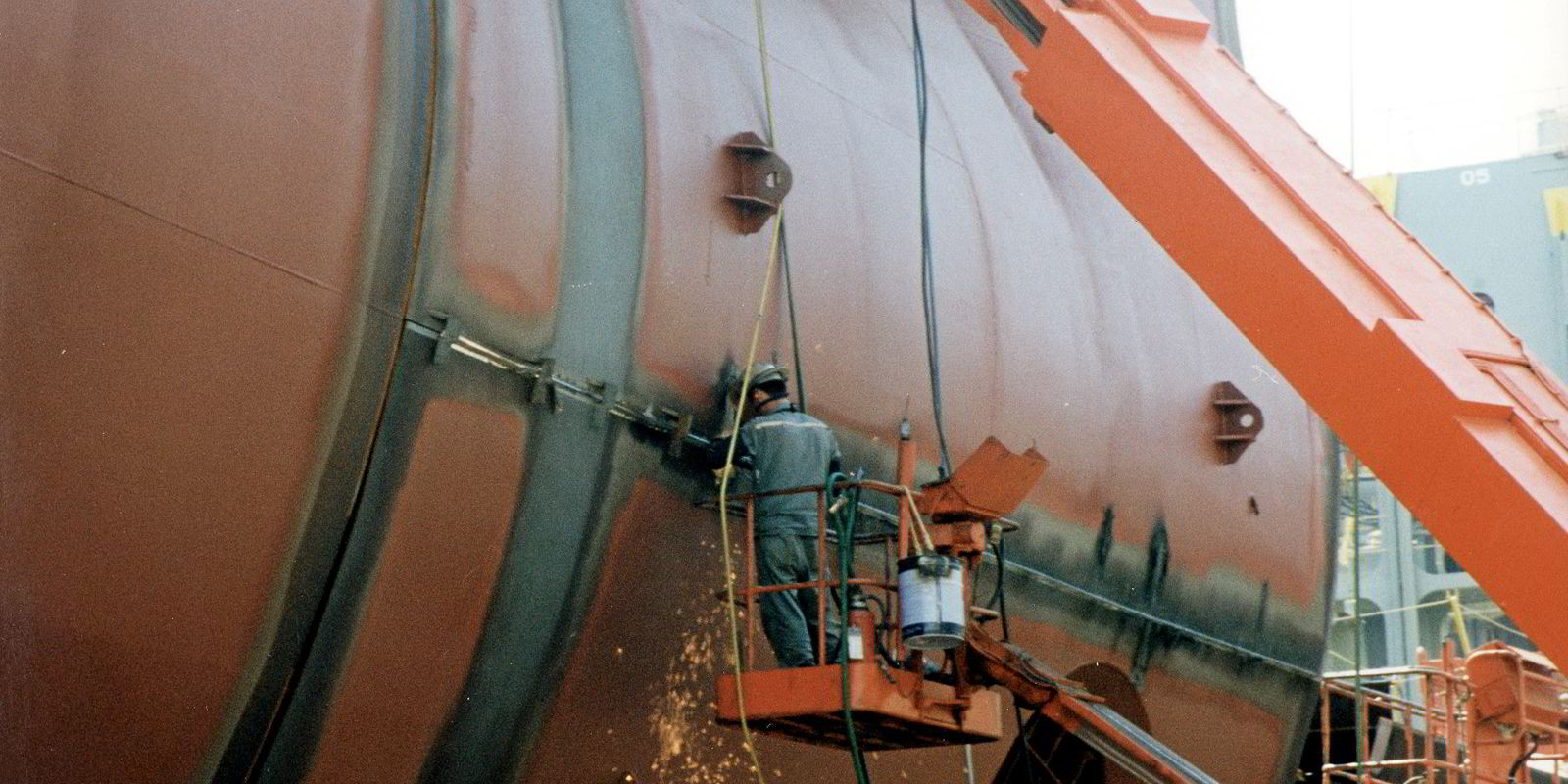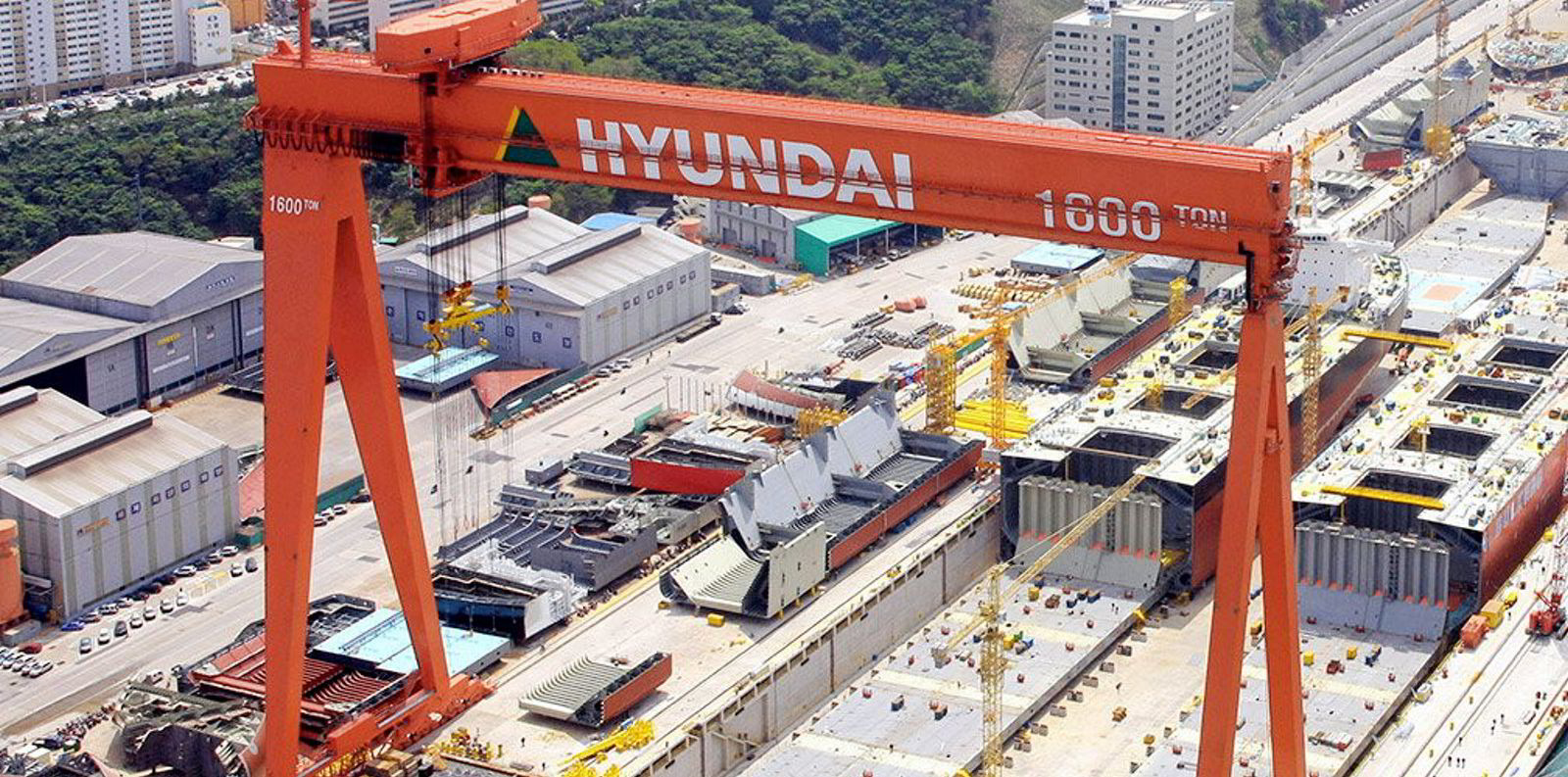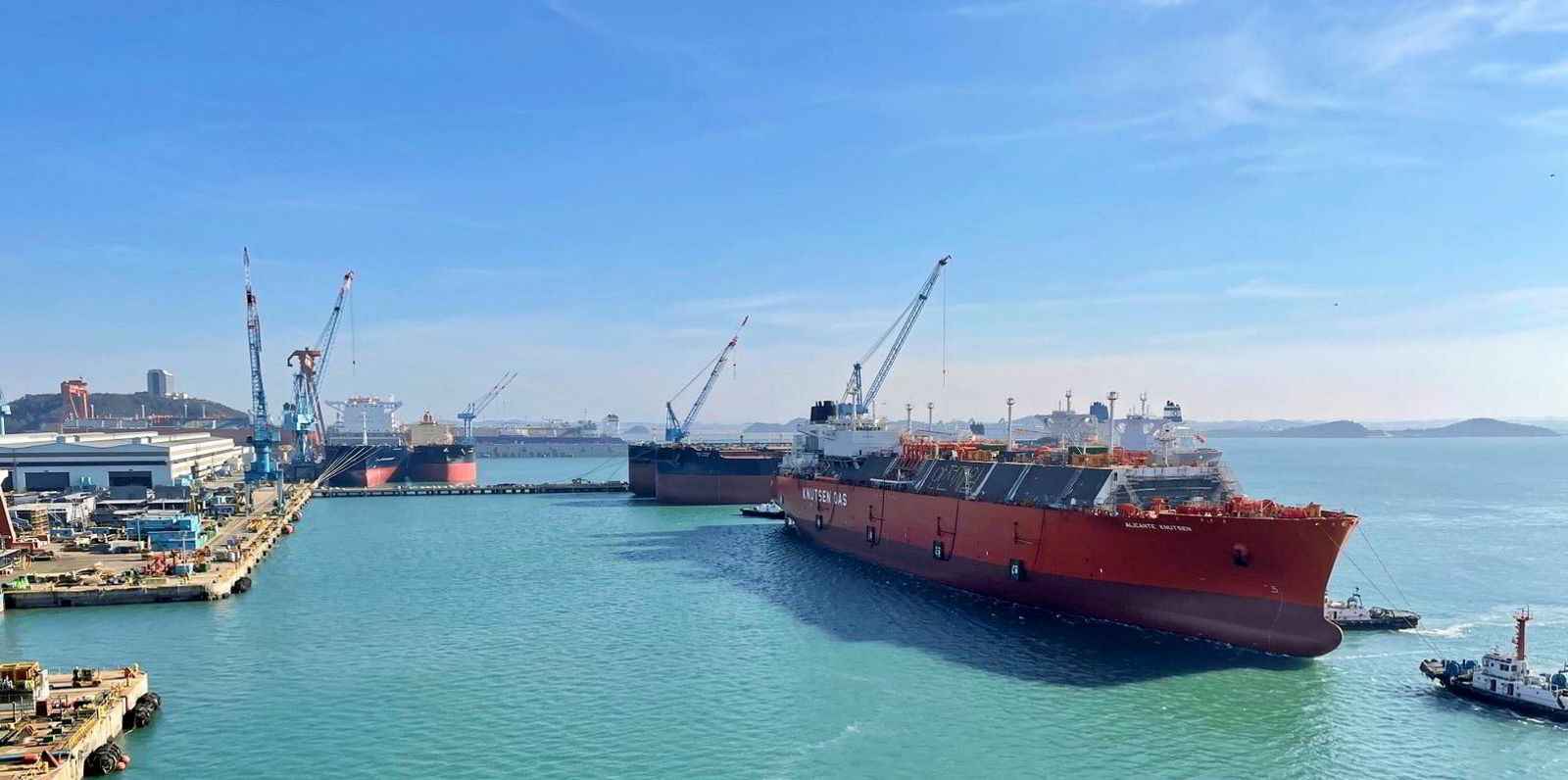South Korea’s Ministry of Justice has announced it has eased regulations on employing foreign nationals in a bid to reduce an acute labour shortage at the country’s shipyards.
It has changed the E-7 visa requirement so that South Korean shipbuilders are able to hire foreign workers for welding and painting.
However, it has capped the number of foreign labour that can be employed to 20% of the total workforce to protect local workers.
A shipyard manager confirmed that South Korean shipbuilders are facing a serious shortfall of yard workers since the post-Covid-19 resumption of newbuilding contracting from the middle of last year.
“Shipyard orderbooks are full up until the end of 2024 and demand for newbuildings continues to be strong, especially for LNG carriers,” he said.
The yard manager attributed the shortfall of workers to the collapse of the shipbuilding market that started in 2013.
“South Korean shipyards suffered from a lack of orders for many years, and they were forced to lay off yard workers including engineers and white-collar workers,” he said.
“With the recovery of the newbuilding market, we realised that these workers are no longer available as they have gone to other industries or retired. Now we are having difficulty finding skilled or experienced workers.”
According to data from Korea Offshore Shipbuilding Association (KOSHIPA), South Korea reduced the number of shipyard workers by more than half, to about 92,000, from around 203,000 in 2014.
The association estimated that the labour-intensive industry will face a shortage of 9,500 workers by September this year.
Shipbuilding sources said workers of Chinese-Korean decent who are living in China will be preferred by South Korean shipyards as it will ease communication problems. However, they did not rule out the hiring of workers from South East Asia and the Indian subcontinent.
The shortfall of shipyard workers experienced by South Korean shipbuilders is not something new to shipyards in the Far East.
Japan faced a similar situation almost a decade ago when its shipbuilding industry saw a surge in orders for bulk carriers in 2014.
To ease the situation, the Japanese government also turned to foreign workers to resolve the crisis. Shipyards in Singapore also rely heavily on foreign labour.
Shipbuilding has a reputation as being a so-called “3D” industry: dirty, dangerous and difficult, and the sector tends to be shunned by younger generations in developed nations.






